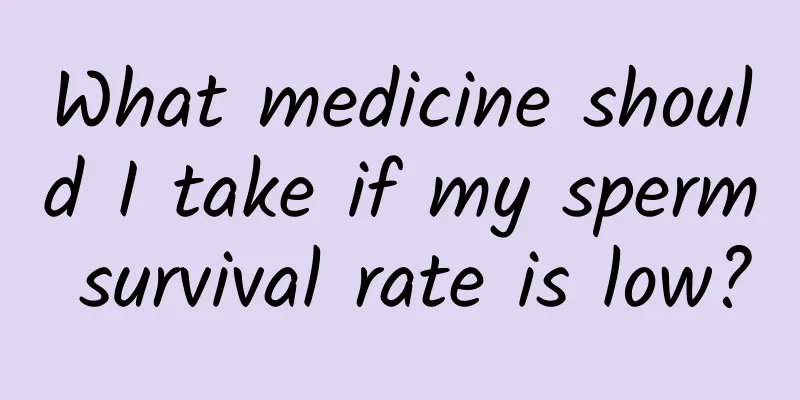How to check for testicular tumors

|
Testicular tumor is a malignant tumor, mainly seen in young men. According to the cause, testicular tumor can be divided into primary and secondary. Most testicular tumors are primary. When patients have testicular abnormalities, they should go to the hospital for relevant examinations in time, mainly laboratory examinations, CT and MRI examinations, which can better assist in diagnosis and start relevant treatment as soon as possible. Laboratory examination: In the late stage of the disease, anemia, increased erythrocyte sedimentation rate, abnormal liver function, increased jaundice index, kidney function damage, etc. Testicular tumor markers: The use of new radioimmunoassay technology to detect trace hormones in the blood is a breakthrough in the laboratory diagnosis of tumors. The most sensitive and specific markers for the diagnosis of testicular tumors are alpha-fetoprotein and human chorionic gonadotropin. 90% of patients have increased levels of one or two markers. CT and MRI examinations Abdominal CT can show the three-dimensional size of the tumor and its relationship with the adjacent tissues. It can distinguish whether the testicular mass is cystic or solid with an accuracy of 90% to 100%, and can distinguish between necrosis and liquefaction in the center of the tumor and cysts. MRI has better contrast for soft tissues and can show vascular structures, reducing the error of clinical staging by 22%. Urine gonadotropin and urine latex tests, if positive, are of decisive significance for diagnosis. After testicular removal of spermatocytoma, radiotherapy is performed, with 25-35Gy (2500-3500rad) for 3 weeks to irradiate the para-aortic and ipsilateral iliac and inguinal lymph nodes. 90%-95% of patients in stage I can survive for 5 years. If retroperitoneal lesions are clinically found, i.e. stage II, the septum and supraclavicular area are also irradiated with 20-35Gy (2000-3500rad) for 2-4 weeks, and the 5-year survival rate can reach more than 80%. There are many treatment methods for testicular tumors, including surgical removal, radiotherapy, chemotherapy, immunotherapy, etc. The most common is orchiectomy, which has a wide range of applications. Postoperatively, lymph node clearance should be combined with radiotherapy and chemotherapy to effectively consolidate the treatment effect and help the recovery of the disease. |
<<: What causes testicular tumors?
>>: What is the cause of testicular prolapse?
Recommend
What are the dangers of multiple ejaculation?
For adolescents and young men who are in puberty,...
Have you ever tried this "exciting" stir-fried squid method?
Have you ever heard of squid? Many people don'...
What is the reason why boys have a big belly?
In the past, people's living conditions were ...
What to do if you have a fibula fracture? Here's how you should treat it
Fibula fractures are relatively rare in adults, b...
Will staying up late cause kidney deficiency in men? What are the causes of kidney deficiency?
Nowadays, many men like to stay up late to work o...
How to treat sperm gelatin?
In modern society, many couples cannot have child...
Causes of testicular pain during exercise
Exercise should be familiar to each of us. In our...
Best ointment for genital inflammation
There are many reasons for genital inflammation. ...
How to treat bacterial prostate
I believe that some male friends know the importa...
Kidney deficiency and water retention symptoms of prostatitis
There are many causes of prostatitis. From the pe...
Why do boys need circumcision surgery?
When summer comes, parents may find a strange phe...
What are the consequences of holding back semen?
Nowadays, married life has become an indispensabl...
Why does it hurt when a man urinates?
If men have stinging pain when urinating, if they...
Foreskin is pulled out and stuck and painful
The swelling of the foreskin caused by factors su...
What are the effects of men's contraceptive pills?
For many couples who are taking contraceptive mea...









